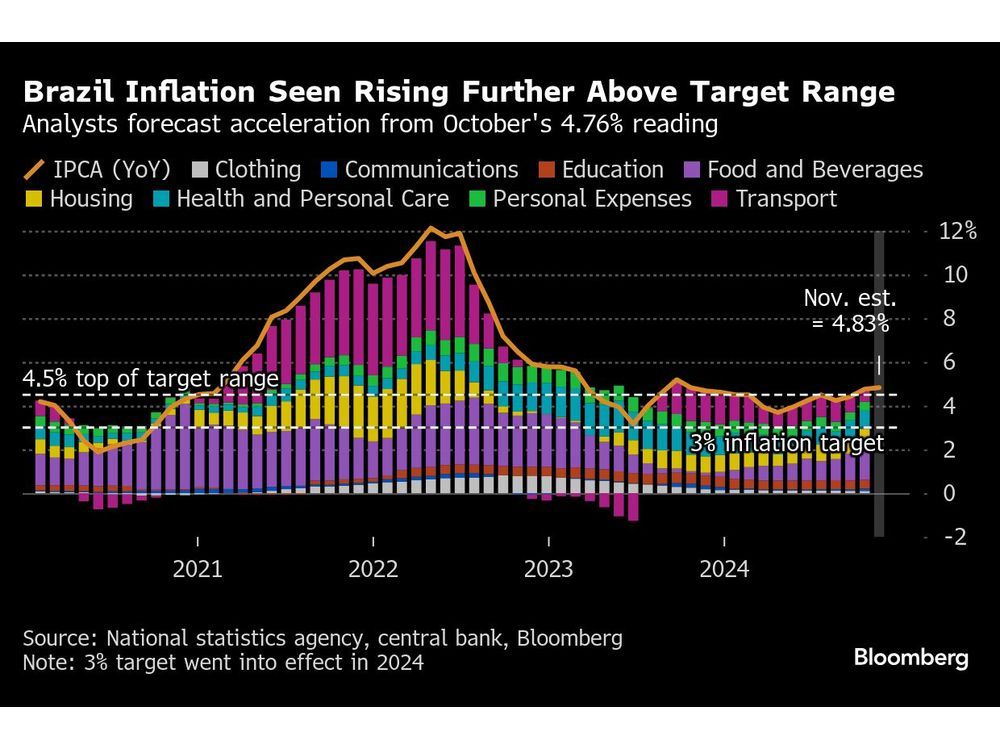Specter of Trump Spurs a Final Round of Interest-Rate Moves: What You Need to Know
In an unprecedented economic landscape, central banks across four continents are gearing up for a crucial week filled with significant adjustments to borrowing costs. As the political climate shifts with Donald Trump’s potential return to the White House, the specter of his administration looms large, raising concerns about the future of global trade and economic stability. This article delves into the implications of these interest rate changes and what they might mean for international markets.
The upcoming week is set to be pivotal for financial markets worldwide. Central banks, including the Federal Reserve, the European Central Bank, and others, are under pressure to respond to a complex mix of inflation, economic recovery, and the uncertainties brought by changing political tides. With Trump’s administration known for its unpredictable trade policies, market analysts are closely monitoring these developments.
Understanding Central Banks and Interest Rates
Central banks play a crucial role in shaping economic policy through their control of interest rates. By altering these rates, they influence borrowing costs for consumers and businesses alike, which in turn affects spending, investment, and overall economic growth. As inflation rates rise and fall, central banks must carefully navigate their monetary policies to maintain balance.
Why Now? The Timing of Rate Changes
The decision to adjust interest rates comes at a time when many economies are still recovering from the impact of the pandemic. With inflation showing signs of persistence in various regions, central banks are tasked with the delicate job of fostering growth without letting prices spiral out of control. The pressure is mounting as they prepare for what could be a tumultuous period influenced by political developments in the U.S.
The Impact of Trump’s Return on Global Trade
Should Trump reclaim the presidency, the implications for global trade could be significant. His previous term was marked by aggressive trade policies and tariffs that disrupted established trade relationships. Economists worry that a shift back to such measures could lead to increased costs for consumers and businesses globally, potentially stalling the recovery that many economies are currently experiencing.
What to Expect from Central Banks
As central banks convene this week, investors and analysts will be looking for signals about future monetary policy. A cautious approach may lead to incremental changes in interest rates, while a more aggressive stance could indicate growing concern over inflation. Each central bank’s decisions will likely reflect its unique economic conditions and political pressures.
Conclusion: Keeping an Eye on Market Movements
The coming week promises to be a whirlwind of activity in the financial sector, as central banks respond to both economic indicators and geopolitical shifts. Understanding the implications of interest rate changes will be essential for anyone invested in global markets. As we brace for the potential of Trump’s return, staying informed will be key to navigating the uncertain waters ahead.
For more insights on economic trends and interest rate movements, check out our related articles on the economic impact of political changes and central bank policies.

